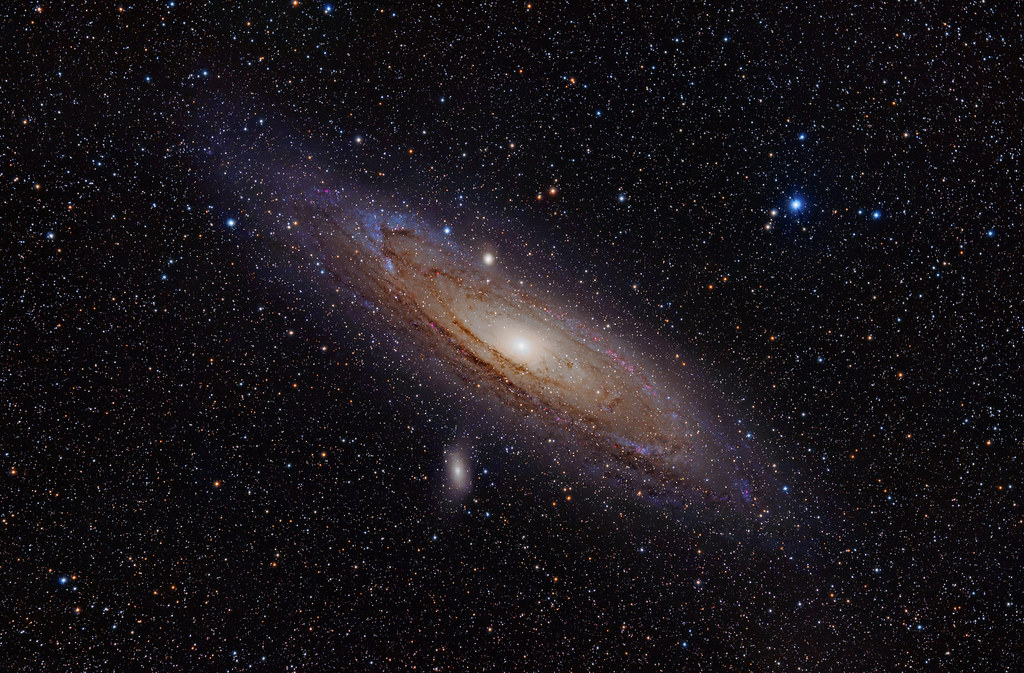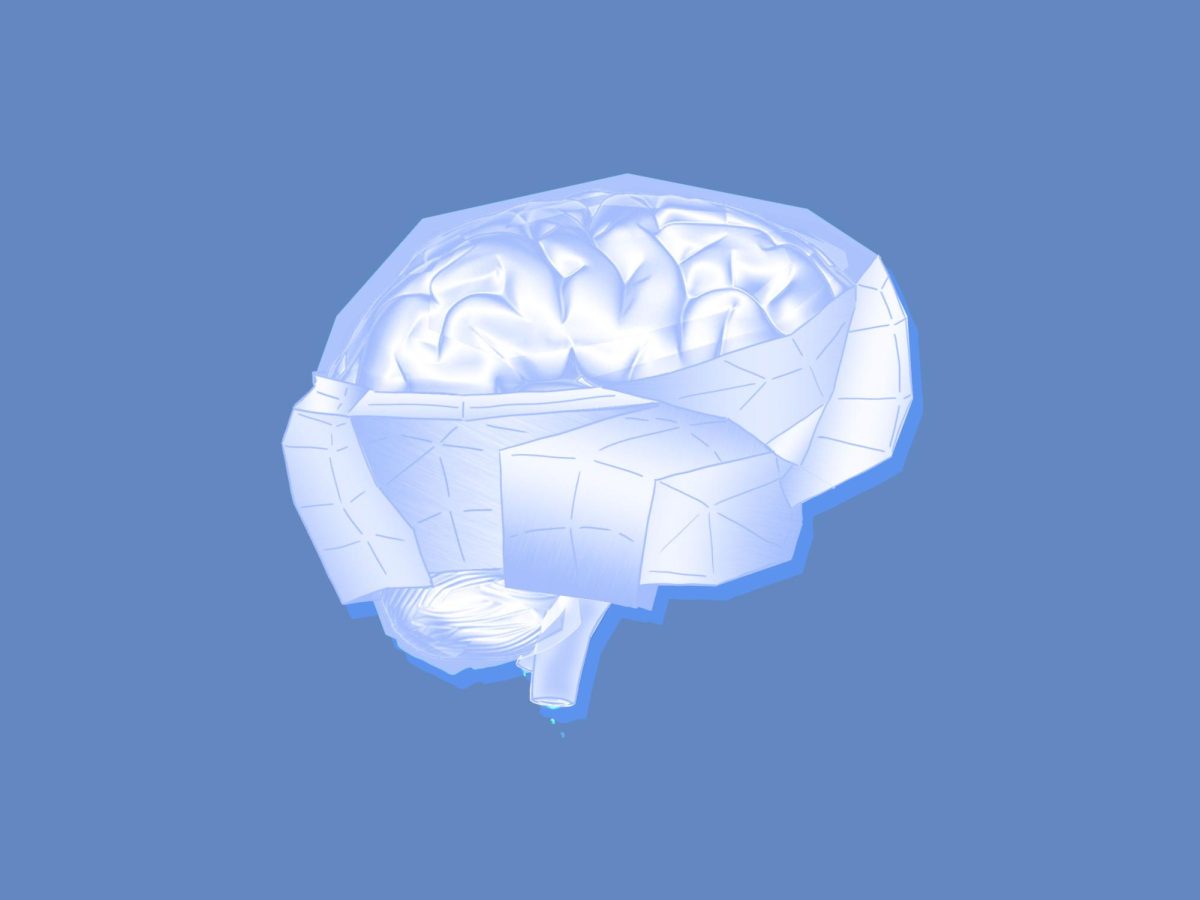The James Webb Space Telescope — used to “gaze over 12 billion years back in time”, as Robert Lea wrote — recently uncovered what the earliest galaxies looked like. This observation was first made by a team of researchers in Denmark and is extremely crucial as it contrasts what scientists originally believed the earliest galaxies were like.
JWST found more that a thousand galaxies akin to the Milky Way. These galaxies are more than 10 billion years into the universe past. During that time, galactic mergers were believed to be impossible but now new research has unveiled that those galaxies are 10 times more common in the early universe than astronomers thought.
Moreover, these ancient galaxies defied the “cosmic rules” of previously discovered galaxies as they juxtapose the set of rules continuously followed by other galaxies.
Upon analyzing the light from 16 of these first galaxies, ancient galaxies “had significantly less heavy elements, compared to what you’d expect from their stellar masses and the amount of new stars they produced,” head of the study, Kasper Elm Heintz said.
The astronomers involved in the study said that these results “are in stark contrast to the current model where galaxies evolve in a form of equilibrium throughout most of the history of the Universe, where there is a relationship between how many stars have formed and how many heavy elements have formed.”
Science Alert reported that these ancient galaxies are “so old, they are likely still in the process of being formed.” They lack the same ratio of stars to heavier elements because they haven’t fully experienced “the cycles of star formation and star death yet, enriching gas clouds with metals, i.e., elements heavier than hydrogen and helium.”
These galaxies were not previously observed because, prior to the James Webb Space Telescope, astronomers lacked instruments “powerful enough” to see the chemical composition of galaxies as far back as around 11 billion years ago, according to Space.
In all, the James Webb Space Telescope is truly a marvel and a gift to not just the scientific community, but to all of humanity. Its recent findings discussed in this article underscore its import and leave anticipation surrounding what can be learned from the stars and universe.
The uncovering of what ancient galaxies looked like may just be the beginning to unveiling more about space and its origins.








